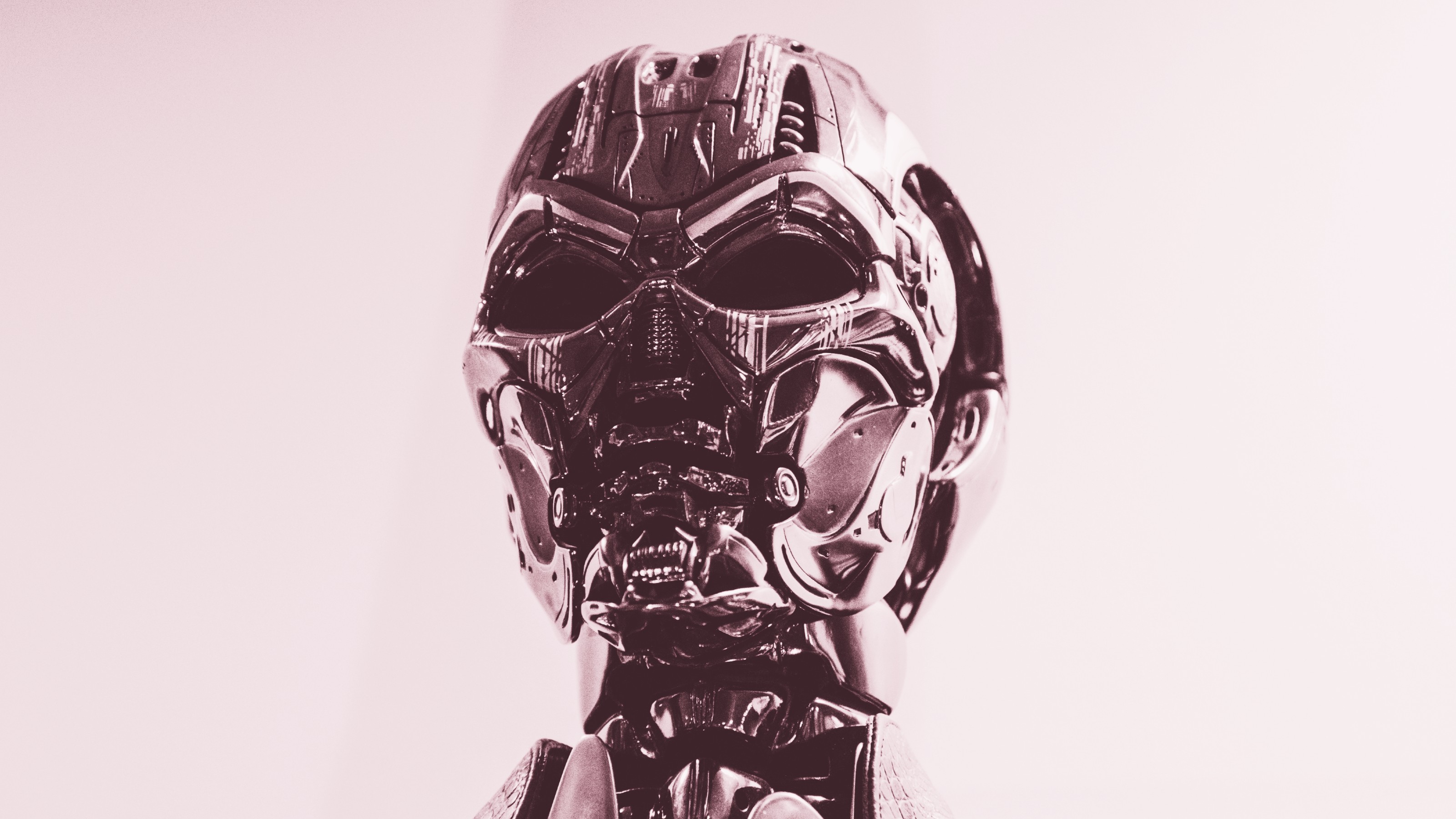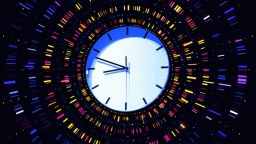- Due to poaching, the Northern White Rhinoceros is functionally extinct. There are only two members of the species left.
- The San Diego Zoo Safari Park has a unique biotech facility called the “frozen zoo” that could reverse the extinction.
- Using in vitro fertilization, scientists hope to implant a Northern White Rhino embryo inside a Southern White Rhino, a closely related species. If successful, this procedure could help rescue critically endangered species or even resurrect extinct ones.
- This video was originally created and shared by Freethink.
DR. BARBRA DURANT: Okay going in with the probe. Okay.
NARRATOR: This is dr. Barbara Durant. She's working to save a species, and holy crap, she's sticking her arm all the way in. Wow. Let's go back to the beginning and get some context. This is a zoo. A frozen zoo.
DURANT: So I can pull some of these out. This is a South African cheetah, this is a mountain yellow-legged frog, this is a hamachi and tiger, also an endangered species. So every species in here has its own unique an interesting story
NARRATOR: Inside these tanks of a liquid nitrogen the genetic legacy of thousands of species is preserved. Nope, not dinosaurs, that's Jurassic Park, but yeah same idea, I guess. Anyway, this is the northern white rhino. It's not a dinosaur but it is functionally extinct. There are two surviving female specimens but neither can reproduce. This extinction is the result of human activity, mainly poaching. However, because of the work being done here at the frozen zoo, and with the cooperation of some southern white rhinos, this may not be the end of the line for the northern white rhino. In fact, with a little luck, this could be a very short extinction.
COLLEAGUE: Yep, come on. Wallace, come on Oh money, good hustle.
DURANT: This is just the most wonderful job anybody could ever have. I think the interaction with the animals is my favorite part. I also love being in the lab and doing the basic science.
NARRATOR: This is dr. Barbara Durant, she's the director of San Diego Zoo's reproductive Sciences Department and entrusted with the care of their frozen zoo.
DURANT: It's a unique collection of cell lines, sperm, embryos, DNA from over 10,000 individual animals. The reason that we have a frozen zoo is because species are going extinct every day. Without this reservoir, we don't have hope of bringing them back.
NARRATOR: Now, Dr. Durant and her team are working with genetic data in their frozen zoo to do something that has never been done before, bring a species back from extinction.
DURANT: Okay this is a northern white rhino right here. I would say the project to bring the northern white rhinos back is the most ambitious project that we've undertaken. This species was poached to extinction. We would call the northern white rhino functionally extinct because there are two living northern white rhinos. They're both females but they have been determined to be incapable of reproduction, and there's no male, so that makes it a little bit more difficult. However, we can actually bring the northern white rhino back from extinction with the living cells that we have in the frozen zoo.
NARRATOR: Much of the samples in the frozen zoo or tissues like skin cells. Recent advances in technology have allowed researchers to convert skin cells into stem cells and stem cells can transform into any other kind of cell.
DURANT: Our aim is for those cells to become sperm and eggs so those are the next steps.
NARRATOR: This means that they can create fertilized eggs. No, not those kinds of eggs. Rhinos are mammals. Please stop putting Jurassic Park references in here. Once they can reliably create fertilized northern white rhino embryos, they can be just aided in these lovely ladies, a group of southern white rhinos that are helping to bring the northern white rhinos back.
DURANT: When we first started doing the reproductive research with the Rhinos we needed them to be calm and comfortable so that we could do our research non-invasively and that means we're not anesthetized. This is a voluntary process for these animals. If they're not comfortable on any given day we stop we open the gate and we release them
COLLEAGUE: Not having it all? Right, well unfortunately, I don't think she's up for it right now. I was actually personally impressed with how quickly they did take the training. Over the years of the program, we've done between 700-800 ultrasounds. We've collected quite a bit of data and that's all because they're participating in those sessions.
DURANT: The process that we use to visualize the reproductive tract is called transrectal ultrasound. Okay. going in with the probe. So we are actually going into the rectum because the rectum is above the reproductive tract. So the ovaries are right down in there but I don't have a good view of it yet. The reason that we're doing all this training and the ultrasound is so that we can understand the reproductive cycle in very minor detail there it is. If we know when the animal is going to ovulate we can time an artificial insemination for maximum success. The ultimate goal for the southern white rhinos is to be recipients for northern white rhino embryos that we would produce in the lab so all of this background work has to be done for the end goal to be achieved of having females that are capable of carrying a northern white embryo to turn.
NARRATOR: Right now these southern white rhinos are being evaluated to make sure they're ready to carry the first new generation of northern white rhinos. There is enough genetic diversity preserved in the frozen zoo to create a self-sustaining population of northern white rhinos in the wild.
DURANT: This is a very long-term project, we're talking decades. I feel a very strong personal obligation to do this work because humans have driven so many of these species to the brink of extinction we have the responsibility to bring these animals back. The hardest part of this project is developing the technologies. No other species has been brought back from the brink of extinction with these kinds of cellular techniques. If this project succeeds we will have shown the pathways to make this possible for a number of other species and that would be a tremendous achievement for the human race. But it is bittersweet to think that I won't see the end of this project. Maybe I will, I live to be a hundred. I might be alive and I might not be aware.






